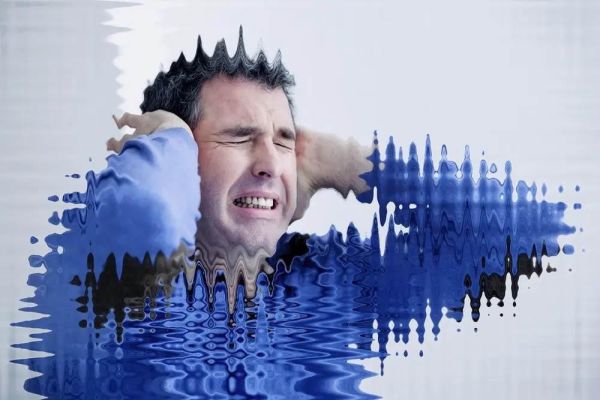 Dancers
Dancers
In dancers, in addition to hearing, balance is important. Three main systems are involved in balance:
-
The proprioceptive system. The proprioceptive system is a system with sensory receptors located in the skin, joints and muscles.
-
The visual system. It involves the eyes and the visual pathway.
-
The vestibular system. It is the balance system and consists of 5 separate end organs: 3 semicircular canals that are sensitive to angular accelerations (head rotations) and 2 otolithic organs that are sensitive to linear accelerations as well as gravity.
All of these systems work together to provide our brain with a "map" of where we are in space , so we can move and balance.
More facts – risks of dancers
-
Balance : Dancers have developed particular skills in terms of reducing the sensation of rotation and vertigo, however there are cases that need to be investigated.
-
Hearing : Hearing disorders also occur in dancers with similar characteristics with those of musicians. Dancers emphasize on movement and they ignore checkups for hearing since they are also considered as a group exposed to music. For example, the volume of the sound in a hip hop class can reach 119 dB. (Reference). Due to the exposure to music, dancers also need to have their hearing checked to prevent music-induced pathologies.
-
Still, the nature of their work requires speed, coordination and precision. A decrease in hearing ability or symptoms such as tinnitus are factors that can affect performance. Therefore , screening is important.
![]() Teachers and students of music schools / conservatories / music schools
Teachers and students of music schools / conservatories / music schools
Music and vocal teachers have exposure to Music. Sound is not distinguished into good or bad. Sound (and music is sound) has an effect on the auditory system and the factors that affect it are the intensity and duration of exposure to it.
So there are a number of situations that can affect hearing
-
Daily exercise and reading which is not always done in rooms with suitable acoustics e.g. in very small rooms with large reflective surfaces.
-
Music and vocal teachers have exposure beyond their daily personal practice for many continuous hours due to lessons.
-
Many times the teachers continue their program without taking breaks in between.
-
The teaching spaces are not always suitable
Scientific data
There are studies indicating that the prevalence of high frequency hearing loss among voice teachers was over 40% and is higher among voice teachers and voice students compared to the general population, which was noted to be 32%







